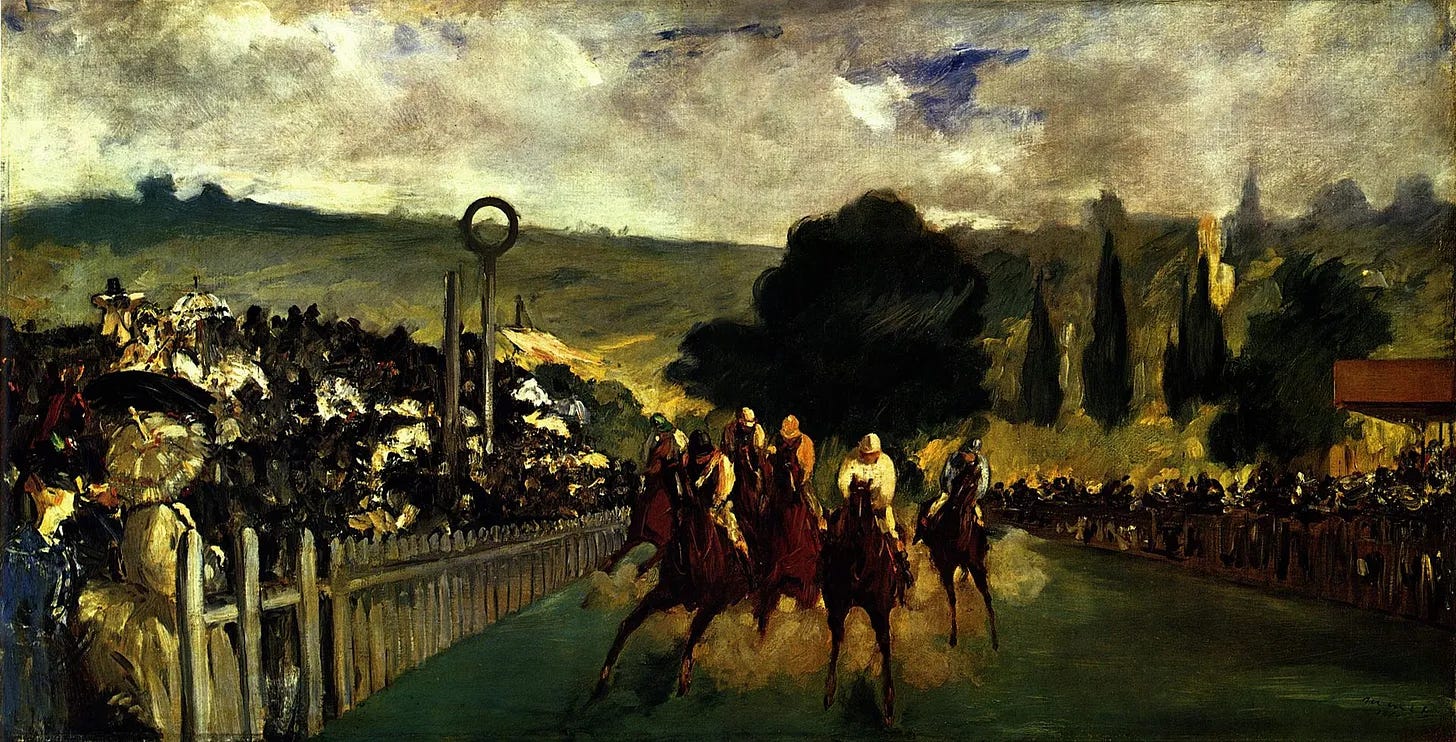Important: There is no guarantee that ATS strategies will have the same performance in the future. I use backtests and forward tests to compare historical strategy performance. Backtests are based on historical data, not real-time data so the results shared are hypothetical, not real. Forward tests are based on live data, however, they use a simulated account. Any success I have with live trading is untypical. Trading futures is extremely risky. You should only use risk capital to fund live futures accounts and if you do trade live, be prepared to lose your entire account. There are no guarantees that any performance you see here will continue in the future. I recommend using ATS strategies in simulated trading until you/we find the holy grail of trade strategy.
The 2024 Q4 Forward Test Portfolio
The following forward test results compare Q3 results with Q4 in a side-by-side chart. Since forward test strategies are selected based on prior quarter performance, I wanted to start using the prior quarter as a reference point so you will see both Q3 and Q4 performance in the most recent metric update. Let me know if you have any other suggestions in terms of data points and presentation.
The Q4 Forward Test has ~63 strategy variations based on ~20 strategies. Just to make sure we’re on the same page, a “strategy” is the command structure, but that command structure has many different “variations”. Those variations can pertain to any instrument for any chart. It may involve a different set of parameters or bar frequency. It may calculate on bar close or on each tick. It may have dynamic position sizing or trade the same size every trade. Each of these variations can be applied to the same strategy. Those strategies that perform well across variations are considered stronger or more robust.
I like this definition from MultiCharts. In particular, because it assumes that backtests are the only way to test a strategy before “real” trading. This is a common misconception. Instead, we’re using forward tests to analyze robustness, which I believe lends greater credibility to results. Again, the hope is to use these forward test results to develop the best strategies to use in the next Live Test in January and I think using forward tests gives us better and more reliable data.
Here’s a look at the strategies in the Q4 Forward Test Portfolio.
The first column is the Strategy, the second column is the instrument, and the third column is the data series to run the strategy on. These columns are followed by net profit, gross profit, gross loss and profit factor based on Q3 forward test data.
In total, without taking new strategies into consideration, the Q4 Forward Test Portfolio would have made $249,337 in net profit in Q3, with a gross profit of $383,013 and gross loss of -$114,954, resulting in an overall profit factor of 3.33. I believe the Q4 Forward Test Portfolio will be less volatile and more profitable for the following reasons:
most highly volatile strategies, especially those with “looser” command systems, blew up in Q3 because the market was highly volatile. These strategies have been eliminated from the Q4 Forward Test Portfolio.
sizing logic is based on the strength or robustness of the strategy rather than a single variation or factor.
there are 14 new strategy variations based on those strategies that performed well in Q3.
Let’s get into the results we have so far for Q4.




